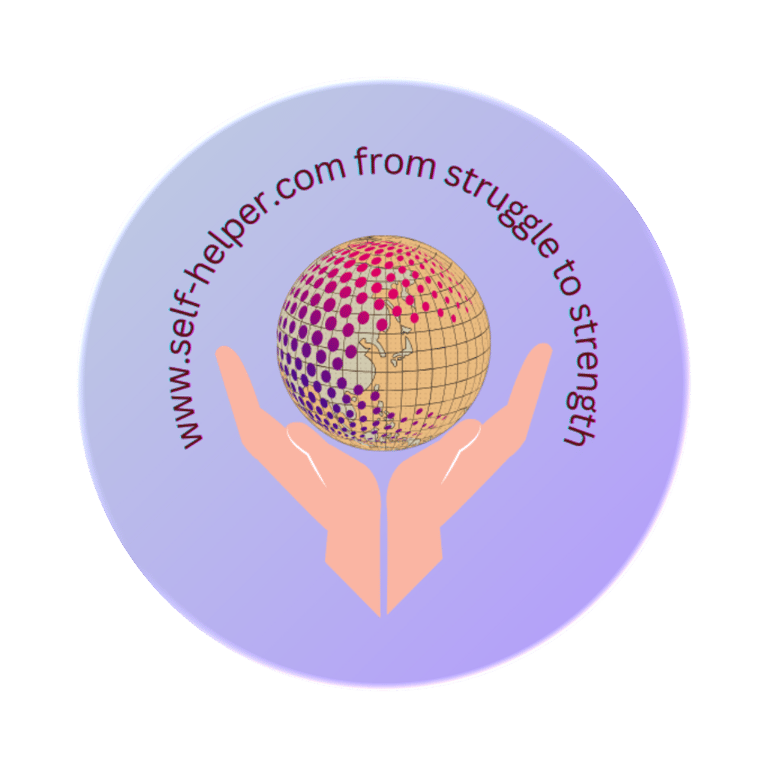4 Self-Hypnosis Techniques to Reduce Stress and Transform Emotional Patterns
In this blog post, I’ll walk you through four clinically useful self-hypnosis techniques that I often recommend to clients for managing stress, anxiety, and negative emotional spirals.
6/1/20252 min read


While most people associate hypnosis with stage tricks or deep therapy sessions, self-hypnosis is a remarkably accessible and practical tool for everyday emotional health. Unlike meditation, which emphasizes passive observation, self-hypnosis helps you actively reframe the stress response and guide your internal experience with intention. Let's dive into the most popular and effective techniques.
🧘♀️ 1. Progressive Relaxation Induction
This is the foundational step in most self-hypnosis practices. The goal is to guide your body into deep relaxation, signaling to the brain that it’s safe to let go.
How to do it:
Sit or lie down comfortably.
Focus your attention on your toes and mentally say, “Relax.”
Slowly move your awareness upward—feet, calves, thighs, abdomen—repeating “Relax” at each stage.
With every breath out, imagine your body sinking deeper.
Why it works:
Relaxing the body reduces sympathetic nervous system arousal (fight-or-flight mode) and primes the mind for deeper work.
💬 2. The Safe Place Visualization
This method uses guided imagery to anchor your emotional state in feelings of safety and peace.
How to do it:
Once relaxed, imagine a place where you feel completely safe—real or imaginary.
Engage all senses: What do you see, hear, feel, smell?
Repeat a phrase like, “In this place, I am calm and in control.”
Practice returning to this place during stressful moments.
Why it works:
Visualization activates similar neural circuits as real experience. It trains your brain to default to calmness under pressure.
🧠 3. Post-Hypnotic Suggestions for Reframing Stress
Once in a relaxed, suggestible state, self-directed affirmations can be planted in the subconscious to reshape beliefs and behavior.
Examples:
“I remain grounded even when things feel chaotic.”
“Stress is a signal, not a threat—I choose how I respond.”
“Each breath brings me back to control.”
Tips:
Keep affirmations in the present tense, positive, and emotionally resonant.
🔁 4. The Negative-to-Positive Rewind
This advanced technique helps you disarm recurring stressful memories or emotional flashpoints.
How to do it:
Enter a hypnotic state using relaxation.
Recall a mildly stressful event (not a traumatic one).
Replay it in your mind in reverse, like a film rewinding.
Then, replay it again but insert a positive ending (e.g., imagining yourself responding with calm).
Anchor the scene with a calming word or gesture.
Why it works:
This taps into memory reconsolidation, helping the brain re-store emotional memories with reduced distress.
✨ Final Thoughts
Self-hypnosis isn't about controlling your mind—it’s about learning to listen more deeply to it and guide it with care. In a world that constantly demands more from us, taking even 10 minutes a day to direct your inner experience can offer profound relief.
Stress will still happen. But with these techniques, your response to it can change—and that changes everything. You can start practicing with our App and soon will be ready to move to actively changing your emotional landscape for the better one!
